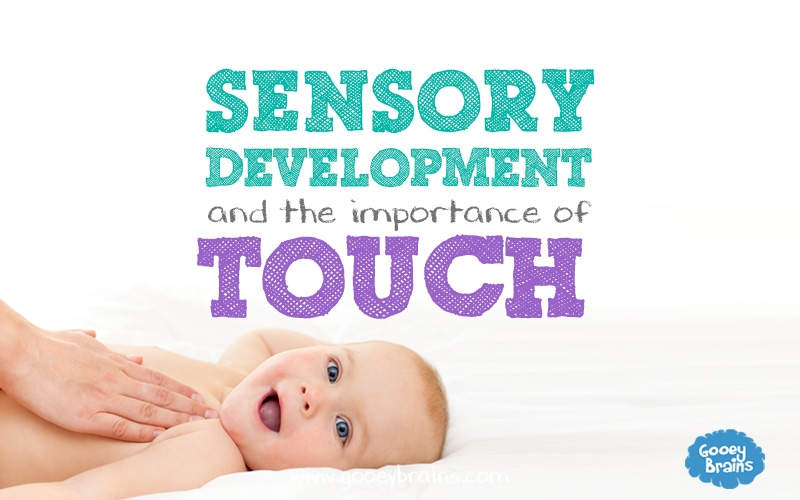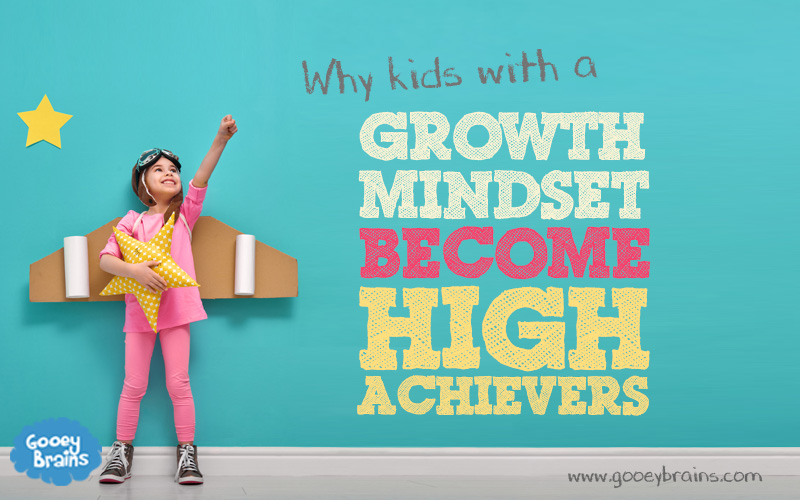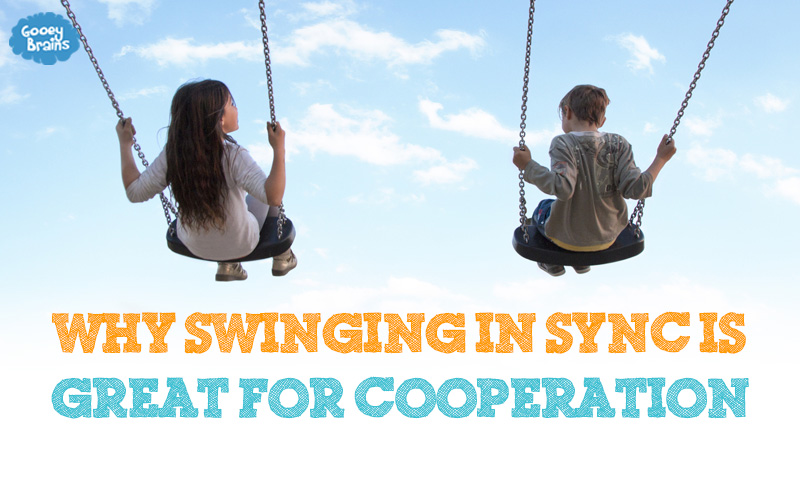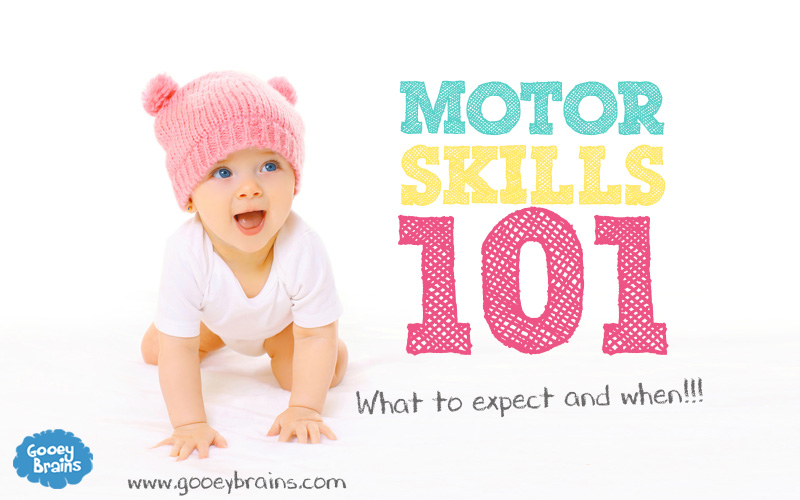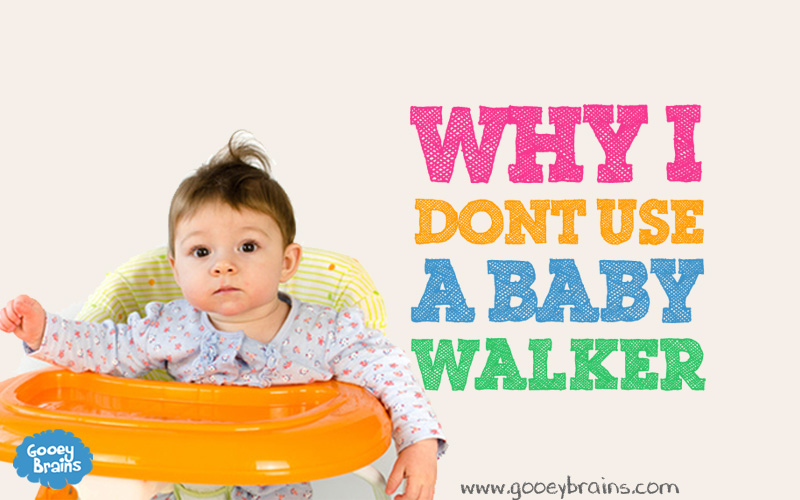Did you know that when your baby is born its’ sense of touch is one of its best developed senses? Of course it isn’t fully developed at birth, but the newborn can certainly feel touch better than what they can hear, see or taste!
Many years of scientific research has supported the importance of touch to a child’s development. Dr Lise Eliot explains that “Touch experience is essential not only for the development of touch sensitivity but for general cognitive development as well.”
What is touch?
Did you know that touch actually involves four different sensory abilities?
- Touch (cutaneous sensation): Touch is being able to tell that a part of your skin is connected to something else. A child’s body has touch receptors in the skin. The touch receptors sense pressure on the skin and send information to touch neurons in the brain.
- Temperature: A child’s body has temperature receptors in the skin that actually work independently of the touch (pressure) receptors. Information from pressure and temperature receptors then meet up in the brain. Newborns can feel temperature, but are not good at regulating their own temperature.
- Pain: A child’s body also has receptors that communicate pain to the brain. It is thought that pain receptors are active from the third trimester of pregnancy and that a newborn can experience pain.
- Proprioception: This is knowing the position and movement of the body. A child collects information from the skin and from the muscles and joints to tell their brain about where their body and limbs are positioned.
Where in the brain is touch found?
The part of the brain important to a sense of touch is called the somatosensory cortex. The somatosensory cortex has two areas, one on each side of the brain. They are really awesome, as they have a map of all of the surfaces of the body! What’s also interesting is that things that we feel on our left body end up in the right brain area, and things that we feel on our right body end up in the left brain area. The more touch sensitive an area in your body is (for example your fingertips) the more space this area has in the somatosensory cortex. Big body parts that are not as sensitive to touch (like your back) actually get less space in the brain! If we draw a human based on how much brain space each body part has in the brain, they would actually look like this:
Can I help my child to develop their sense of touch?
The somatosensory map is influenced by our genetics and present in the baby at birth. After birth, the child’s experiences allow them to further fine tune these abilities. This means that your child will continue to develop and perfect its sense of touch through infancy. In order to do this it will need to be exposed to lots of different touch stimuli and experiences. Toys and activities are an excellent way to achieve this. You don’t have to spend huge amounts of money on toys for your baby, but try to provide as much variety of touch stimulation as you can, and this is likely to improve their brain and mental development. Think about exposing the child to a range of textures and materials. Everything from rough, gooey, slippery, sticky, gritty, jagged… oh the list goes on and on! Incorporating these textures in play will make the learning activities fun.
The development of touch in babies and children.
Babies have a sense of touch both before and after birth. Here are some interesting facts about your baby’s developing sense of touch.
- Six weeks pregnant: Touch sensitivity has started to develop. The first sense of touch is in the nose and lips, and then spreads to the rest of the body.
- Twelve weeks pregnant: By now, most of the body is touch sensitive. The baby’s sensation of touch doesn’t really feel like yours though, as it hasn’t developed the brain regions to fully process and interpret the touch signals.
- Six months old: The sensory neurons and connections in the brain are now myelinated.
- One year old: The infant can now process touch information four times faster than they could at birth.
- Six years old: The child’s touch processing speed has doubled since they were one year old.
Fun facts about touch:
After birth, touch sensitivity develops faster in the left hand than the right hand. This is because because our right brain is really good at processing information about shapes and spatial properties.
Newborn girls are more touch sensitive than boys, and this often lasts throughout life as well. Females can sense lighter touches. However, boys show a bigger difference between left/right side sensitivity than girls.
The importance of the mouth to touch.
Babies can feel/touch best using their mouth! Yes, this is why your baby tries to put everything into their mouth. They want to feel, touch and learn about the object. In fact by the time your child is 5 years old, the face is still more touch sensitive than the hands. Babies can more easily recognise objects that they have explored with their mouth than those that they have held with their hands.
Can a baby sense pain?
A newborn can feel pain. In fact, the sense of pain is quite mature at birth. A baby who experiences pain may cry (more intense and higher pitched than other cries), they may grimace, or change their posture. They may experience a stress response including elevated heart rate and rapid breathing and the presence of stress hormones may be detected in their body.
Pain isn’t a fixed experience, but varies. For example, a baby may feel more pain when hungry or tired than when they are sleeping, active or distracted.
What helps an infant in pain?
- Holding them or swaddling them
- Gentle stroking
- Rocking
What’s really interesting is that studies have shown that providing a pacifier can reduce crying but won’t stop the physiological stress reaction. So try to give the strategies above a go before reaching out for the nearest dummy when your baby is in pain.
Another interesting point is that although a baby may experience pain, scientists believe that they do not actually have a memory of it. However, if a baby is exposed to repeated pain it may have other long lasting impacts on its development.
Why is touch important to development?
Touch is the way that new babies learn and navigate their world. Touch is also important to your baby’s physical growth, emotional well-being, cognitive function and overall health. Touch even impacts the immune system! Let’s now look at what a child can gain from having their sense of touch stimulated by a caregiver.
Firstly, touch is absolutely essential to a newborns survival. Historical studies have demonstrated that babies who were deprived of touch ‘failed to thrive’ causing problematic weight loss and delays in their development. Both babies and young children who lack touch from their caregivers were measured as having lower levels of growth hormones. Also, they tended to have weaker immune systems. In comparison, children who gained adequate levels of caregiver touch in their early life showed some physiological differences that might protect against later diseases.
Touch is also known to have a positive influence on brain development. Babies who receive adequate touching seem to sleep better and are less fussy as reported by Dr William Sears. Lack of touch produces cortisol, which is a stress hormone that is known to cause damage to an area of the brain known as the hippocampus. The hippocampus is important to learning and memory.
Skin-to-skin contact called ‘kangaroo care’ is an important touch activity.
Skin-to-skin contact involves holding a baby or infant with their skin against the skin of a caregiver. When a baby is born preterm, this type of care is known as kangaroo care. This is more than just a cuddle. It is stripping the baby down so that it is naked or wearing only a diaper (nappy), and placing the baby against the bare skin of their caregivers chest.
Ann Bigelow, a developmental researcher explained the following about skin-to-skin contact when she was interviewed by Scientific American Magazine.
Skin-to-skin contact is very calming for young babies. When adequate touch is provided they tend to cry less and sleep better. Some researchers have shown that they have better brain development, and this is likely because they are more calm and well rested. Interestingly, this type of touch also benefits the caregiver, by reducing their stress levels. The caregivers who use this form of care tend to be more sensitive to the childs cues and therefore have baby’s who are more responsive to the caregiver within their first three months. These babies tend to recognise their caregiver faster, and this helps to build a strong relationship.
One really interesting factor is that after giving birth, the skin area on a mothers chest has a higher temperature than the rest of her body, creating a warm area to place the baby for skin-to-skin care. The mother can thermoregulate for their baby, which means that the mothers temperature changes in response to the baby’s body temperature. Dad’s and other caregivers are also really vital in providing stimulating touch, and are equally encouraged to try some skin-to-skin care.

Reference
Adapted from “What’s Going on in There?” – Lise Eliot, 2000

